For years, humanity has longed to create a sword-wielding robot…or at least it seems to be the case based on our chronicle of recent efforts.
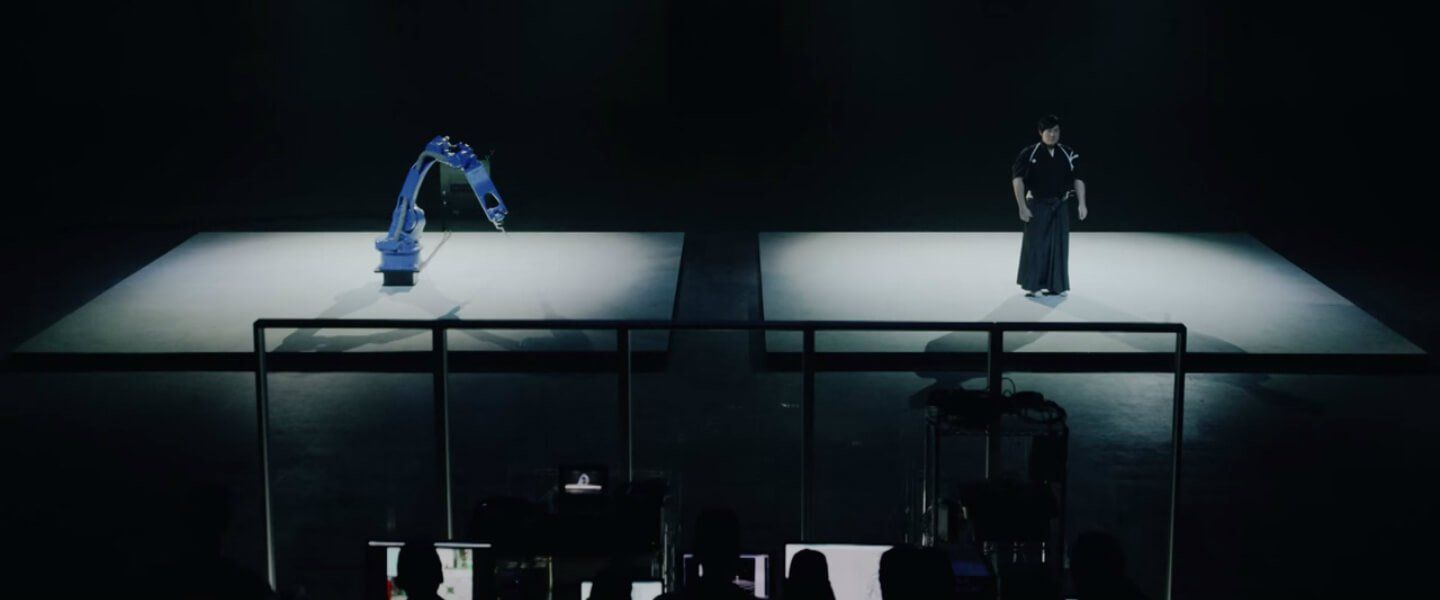

For years, humanity has longed to create a sword-wielding robot…or at least it seems to be the case based on our chronicle of recent efforts.
Project Soli is developing a new interaction sensor using radar technology. The sensor can track sub-millimeter motions at high speed and accuracy. It fits onto a chip, can be produced at scale and built into small devices and everyday objects.

Mesh electronics being injected through sub-100 micrometer inner diameter glass needle into aqueous solution (credit: Lieber Research Group, Harvard University)
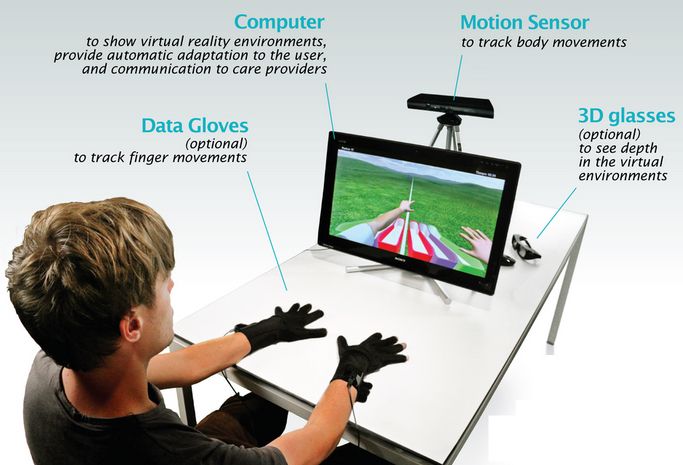
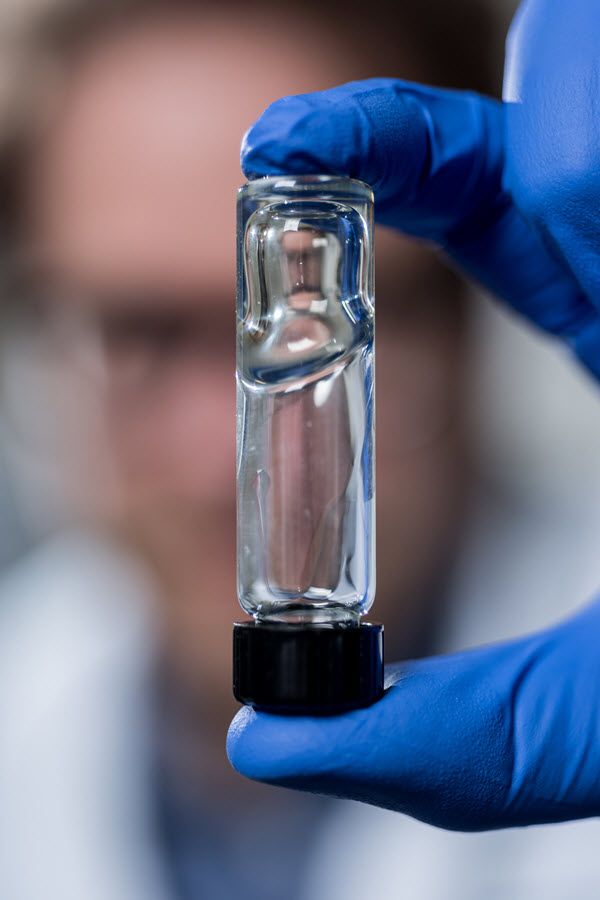
Three different DNA nanostructures assembled at room temperature in water-free glycholine (left) and in 75 percent glycholine-water mixture (center and right). The structures are (from left to right) a tall rectangle two-dimensional DNA origami, a triangle made of single-stranded tails, and a six-helix bundle three-dimensional DNA origami (credit: Isaac Gállego).
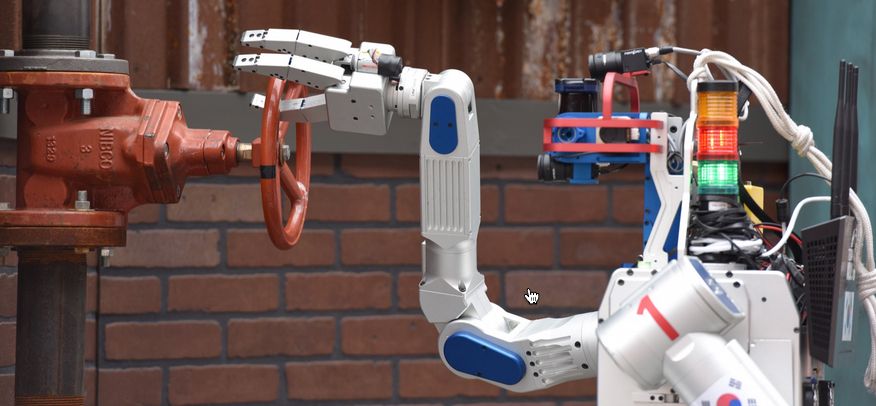
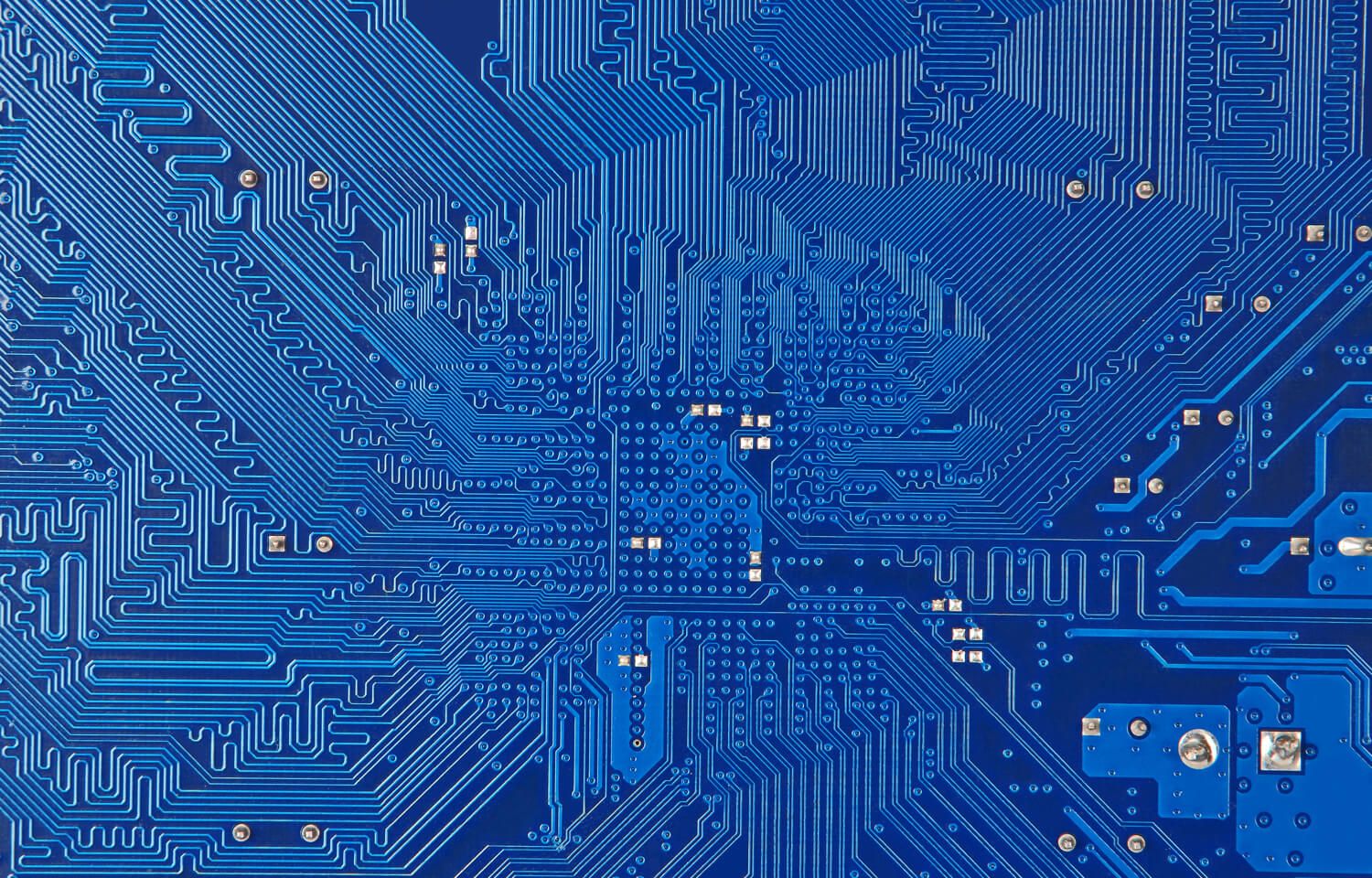
In my new book BOLD, one of the interviews that I’m most excited about is with my good friend Ray Kurzweil. Bill Gates calls Ray, “the best person I know…

Dr. Victor Reed is a brilliant geneticist who has just achieved a huge scientific breakthrough by successfully cloning the first human being, an adorable baby girl named Elizabeth. This immediately becomes a media spectacle and ignites a firestorm of debate concerning the moral and religious implications of such a discovery. Soon, Dr. Reed and his family lose all sense of privacy and safety as they are swarmed by protesters and the media. Their biggest threat, however, could be Victor’s own secret.
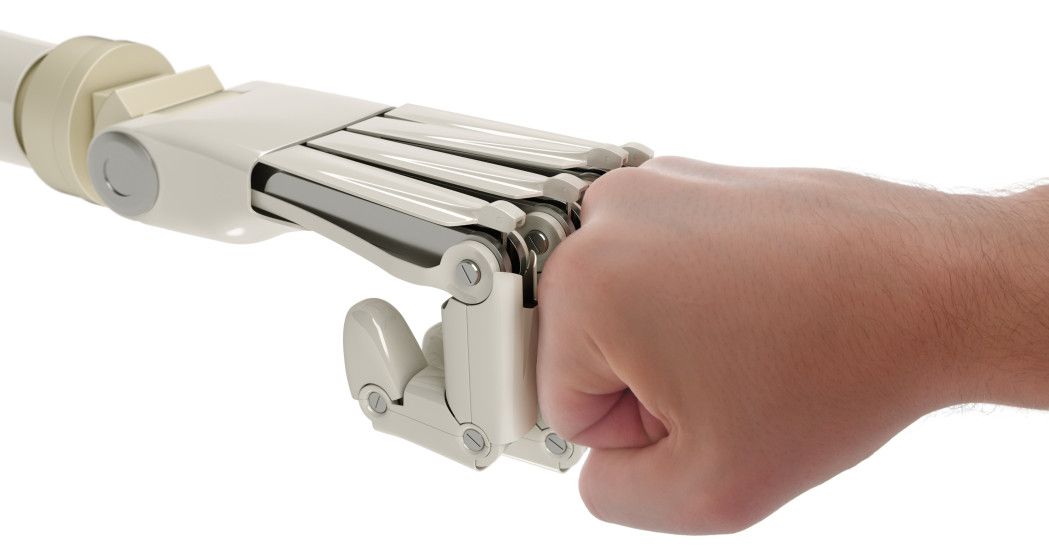
“The most valuable resource we have in the universe is intelligence, which is simply information and computation; however, in order to be effective, technological intelligence has to be communicated in a way that helps humans take advantage of the knowledge gained. The optimal way to solve this problem is a combination of human and machine intelligence working together to solve the problems that matter most.” Read more
Don’t Date Robots.